Understanding Eye Clean Diamonds And What to Avoid
When you are buying diamonds with VS1 or better clarity grades, you generally won’t have to worry about eye cleanliness. If the diamond was graded by GIA, I can safely tell you that the inclusions will not be visible without a 10x magnification.
However, when you are buying within the range of VS2 – SI1 – SI2, you need to know that not all of the diamonds will be eye clean. Also, you cannot rely solely on a grading report or the inclusion plot to tell you how the diamond will look like.
A Picture/Video Speaks a Thousand Words.
If you are looking for diamonds within the lower clarity ranges (e.g. slightly included), magnified photographs or videos are mandatory prerequisites. I only recommend shopping at websites with such features as it will enable you to make better and informed decisions.
What is an Eye Clean Diamond?
Eye-clean is an “unofficial” term which is used to describe a diamond when its inclusions cannot be seen with the naked eye. When determining eye-cleanliness, certain conditions like a viewing distance of 6-12 inches and a human vision of 20/20 are typically assumed.
Do take note there are no set definitions in the industry as different people/vendors may define their own guidelines for eye-cleanliness differently.
What Do Eyeclean Diamonds Look Like in Real Life?
I’ve recently recorded a video comparison of 2 eyeclean diamonds with VS2 and SI1 clarity. Watch the full length video below and see if you can spot any inclusions in the diamond rings under different lighting conditions.
I bet you can’t even if you have an eagle eye. If need be, pause or replay the video to scrutinize the rings.
When the diamonds are well-selected, the inclusions will never be seen with an unaided eye and they look just as good as higher clarity diamonds.
Why Clarity Plots Can Sometimes Be Misleading
1.05 Carat E-SI2 Very Good Cut Round Diamond

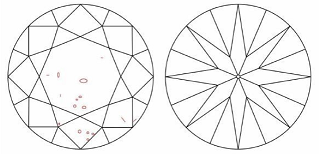
Take a moment to study the images above. Would you believe me if I told you both images are of the same diamond? You might be wondering why the plot diagram only shows a total of 16 inclusions while the actual photograph of the stone shows numerous black inclusions across the entire diamond.
Well, this is due to the reflection of the inclusions by the pavilion facets. Unfortunately, the grading report will only state the types/locations of inclusions but not the appearance of the diamond. From the GIA plot alone, it might look like an OK stone but this stone isn’t eye clean in real life.
Here’s another example of why photographs/videos are crucial and why buying diamonds blind is a really bad idea. The stone on the left is eye clean while the one on the right looks really bad.
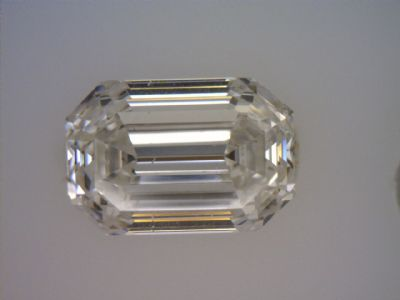
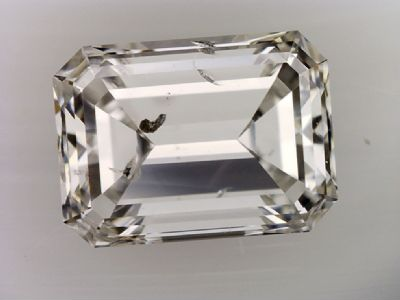
Even if 2 diamonds fall into the same clarity grade, it doesn’t mean that they will look the same. Does it shock you to know that both of these emerald cut diamonds are of SI2 clarity? And yet, the one on the right is clearly the worse choice due to the location and nature of its inclusions.
What to Look Out For in Eye-Clean Diamonds (With Examples)
When shopping for eyeclean diamonds, you shouldn’t be psychologically affected by the presence of inclusions. In fact, you need to come to terms that it is perfectly OK to have inclusions in a diamond as long as they can’t be seen with the naked eyes.
In general, you should look for inclusions that are well spread out across the diamond. Inclusions that are transparent or whitish in color would also be preferred over dark colored ones.
Check out the following examples to get a better idea of how benign the inclusions are even though these are diamonds found in the lower tier clarity grades.
SI1 eyeclean diamond examples in 1 carat range. Click on images for videos.
SI2 eyeclean diamond examples in 1 carat range. Click on images for videos.
On the next page, you will learn why the location of inclusions matter and why certain types of inclusions can be deal-breakers.
Related Articles
Leave A Comment

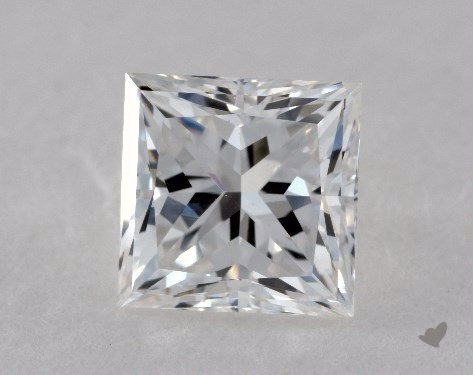
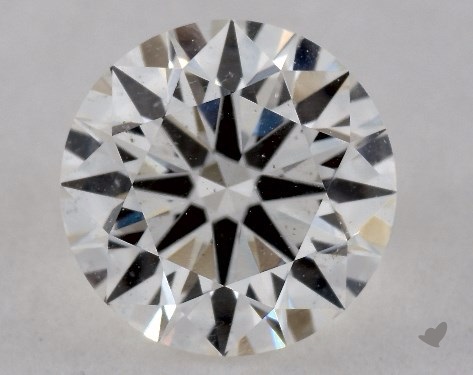
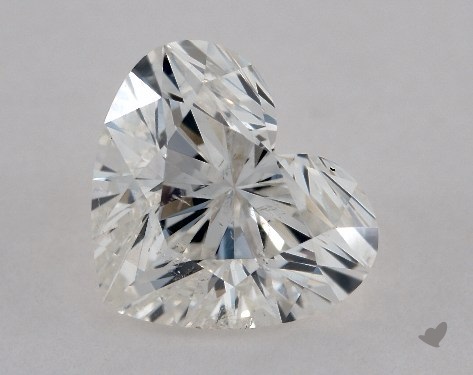
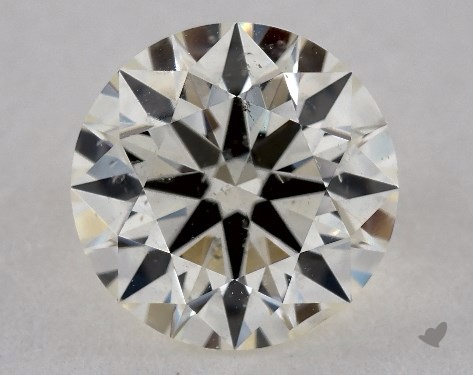
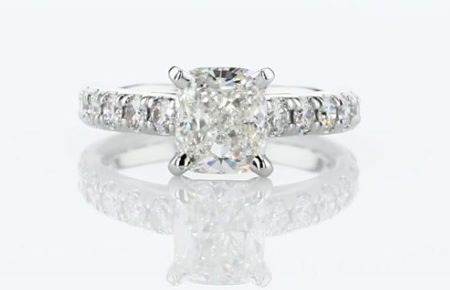
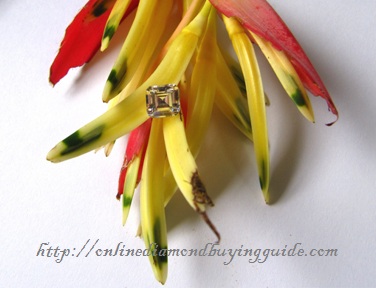
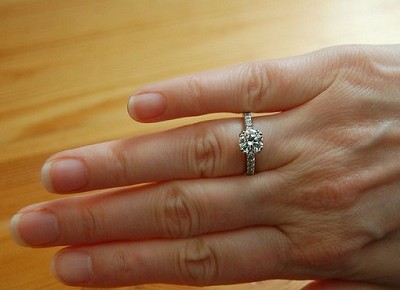










2 Comments
Can you help me check if the inclusions in this diamond are eyeclean and whether I am getting a good deal for a price of $14,500?
GIA #1289158422
I am interested in buying a cathedral style setting and want the diamond to be set higher so that it catches more light. Are there any things I should be aware of in such designs?
I would say that VVS diamonds are always eyeclean at this carat size. However, clarity shouldn’t be your main concern. Cut quality and light performance should be. You will need tangible data to find that out.
I wrote an article recently about the pros and cons of buying a cathedral style engagement ring. It’s worth a read.